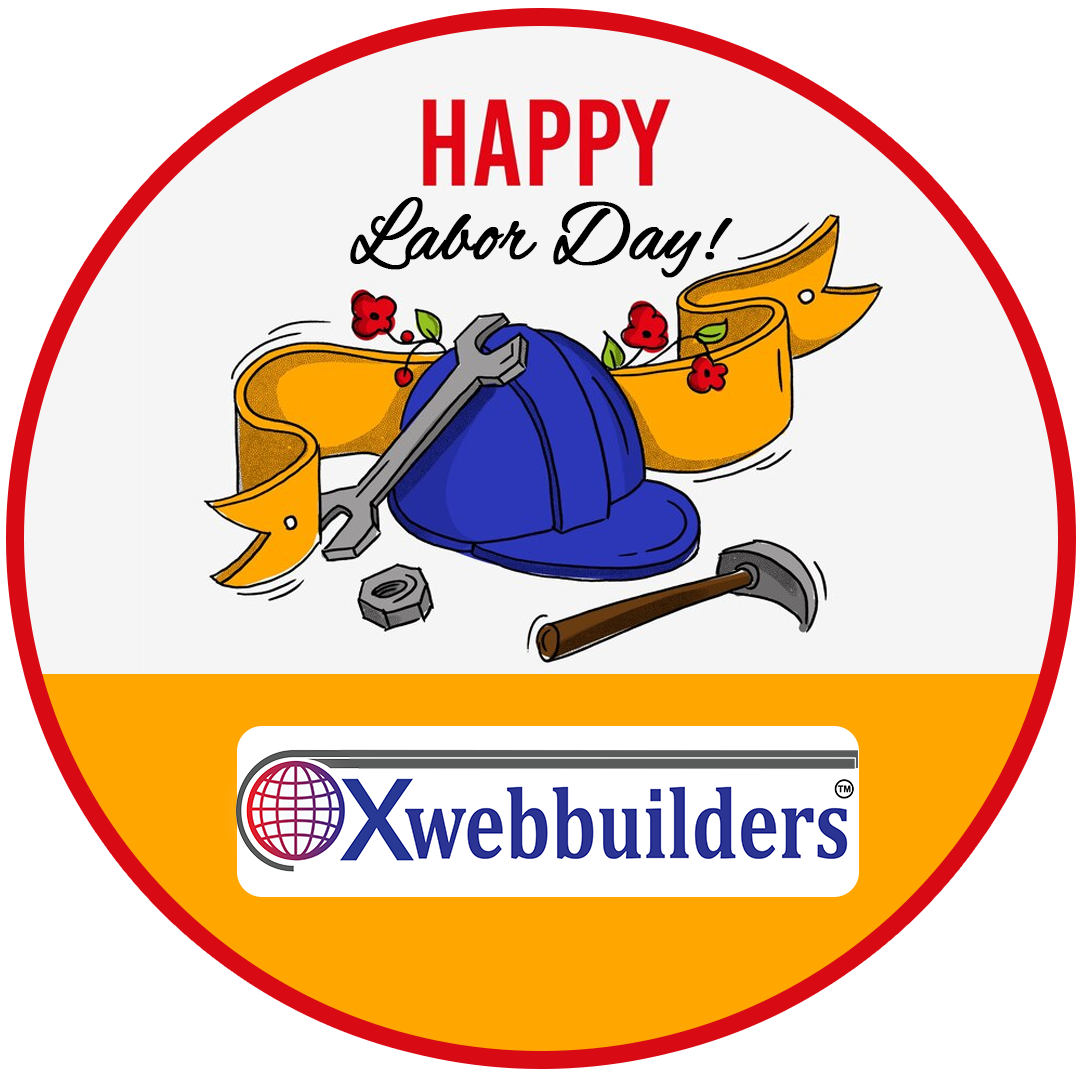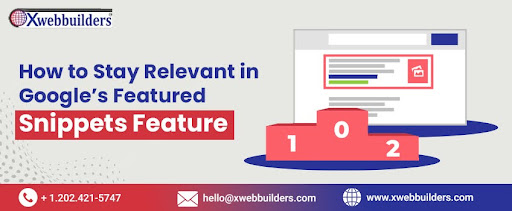How Much Does It Cost to Develop an On-Demand Grocery App?
Although it is not practical to estimate the total cost of developing an on-demand grocery delivery app, a straightforward app with standard features could cost anywhere from one million dollars to two million dollars. Keep in mind that a lot of factors influence the total cost of developing an app, including the platform, features, app size, technology stack, and additional features.
Feature-wise timeframe:
- Customer Mobile App for an iOS and Android Application can take 30 days
- Store Admin Panel with PHP Backend Panel can take 30-35 days
- Delivery Driver's Mobile App for iOS and Android Application can take 35-40 days
- Super Admin Panel with PHP Backend Panel can take 35-40 days
- API Development & Synchronization can take up to 30 days.
When the total time frame is multiplied by the hourly rates of the developers, you can find the total cost of developing a grocery app. However, the cost of developing grocery apps varies depending on Developers' hourly rates according to location and experience. According to locations, developers may charge:
- $80-$150 per hour in Eastern Europe
- $60-$170 per hour in Western Europe - $70-$200 per hour in the United States
Experience:
Based on their technical expertise and years of experience, we have junior, middle, and senior developers. The development cost and hourly rates are ultimately affected. When you work with a development company in the United States, the hourly rates of:
- Junior developers range from $70-$90
- Middle developers range from $100-$120 - Senior developers range from $120-$200.
Overall, you can get an estimate for the development of the grocery app based on the location of developers, team size, tech stack, functionalities, design complexity, and tech specialist assessment. In fact, our mobile app development company can assist business clients in determining the cost of custom solution development.
On-Demand Grocery Delivery Business Models
There are four distinct types of on-demand grocery delivery apps available in the market. We will briefly discuss each of them:
- Aggregators for Grocery Stores: A list of nearby grocery stores can be found in this category. The user will first choose a store, then select the products they want to buy from the menu. The payment procedure is then completed by the customer. The user's order will be delivered to their residence by a store delivery boy after it has been confirmed by the store. It is a model of an aggregator app in which you act as a middleman between customers and store owners. Even delivery liability lies with the store's proprietor, not the platform's.
- Grocery Delivery: This marketplace has one significant distinction from the aggregator app model. In this case, the market owns a delivery network that gets products to customers.
- Single Store Model: In this model, a grocery store is also the owner of the platform and is in charge of everything, from keeping the app up to date with new menu items to getting the products to customers. It owns an app for grocery delivery on demand that makes it easy for customers to browse products and place orders.
- Grocery Chains: When a grocery store has multiple locations, it makes an app that lets customers shop for groceries online. It has some similarities to a model with just one store.








